Why do raspberry leaves turn yellow in spring and summer, how to cure a shrub
Why do raspberry leaves turn yellow? This is a question that interests many gardeners. Most often, a color change signals an infection, but sometimes inappropriate care is also to blame. Fruit crops do not need frequent watering and multiply easily. But at the same time, they suffer more than others from pests and viruses.
Raspberries dry and get sick: reasons
Raspberries dry out and their leaves turn yellow due to various infections. They affect all tissues, which leads to damage to the fruit, and in some cases to the death of the bush. Fungus is the most common cause of raspberry leaves turning yellow. Copper helps from it, but it cannot be used in a certain period: from the beginning of flowering to the end of fruiting.
Root cancer
This is a bacterial disease that is activated if the bush grows in one place for a long time. Growths up to 12 cm appear on the roots. Initially, the structure of the tumors is soft, but over time it becomes denser and makes it difficult for nutrients to access.
At the initial stage, it is impossible to notice the disease, since all the symptoms appear in the root system. At an advanced stage, the lower leaves turn yellow, and the berries become smaller and pale. To make sure that you are dealing with root cancer, examine the underground part of the raspberry for growths.
If tumors are present, dig up the diseased bush and burn it outside the site. For several years, do not use this site for planting and be sure to acidify. The bacterium is formed only in alkaline soil and is activated during drought.
Advice
Some try to save the bush by removing the growths and treating the roots with preparations containing copper, but it is better to abandon this idea and immediately destroy the affected plant.
Prevention will help to avoid infection:
- Treat seedlings with 1% copper sulfate solution.
- Do not plant raspberries where fruit crops used to grow, the best predecessors are flowers and tomatoes.
- Revitalize the soil by planting mustard.
- Fertilize the soil with phosphate-potassium fertilizers.
Rust
If the leaves turn yellow and then turn brown, it means that the raspberries are infected with a fungus. In May, light red spots filled with spores appear on the foliage. In the summer they will burst and rust will spread throughout the garden. Remove dried or yellowed leaves immediately.
To avoid rusting, use fungicides 3 times a season. Before bud break and before flowering, spray the leaves with a solution of Bordeaux liquid or potassium salt.
Chlorosis
If the foliage turned yellow, and only the green veins did not change color, then this is also a fungus, or rather, infectious chlorosis. With this ailment, the berries turn pale, dry, harden and fall off. This mainly happens in spring and summer. Carriers of the disease are ticks and aphids. When the leaves lack chlorophyll, they turn yellow with green veins. Later they turn brown.
The disease cannot be treated, so treat it regularly with fungicides. But there are varieties that are resistant to infectious chlorosis, for example, Kolkhoznitsa and Russian productive.
Late blight
It infects raspberries before flowering. In May, the lower leaves of diseased plants turn pale green and brighten at the edges. The bush lacks trace elements, for this reason, the raspberry dries up and gives a small harvest.
Late blight develops in regions with a humid climate at low temperatures.The pathogen does not lose its viability for more than 10 years, while it can only be detected by laboratory analysis of a dead sample taken before flowering or after the growing season.
Mosaic
The leaves on the affected bush dry up and become covered with yellow spots along the green veins - the mosaic virus got into the wounds from the bites of the parasites. The main carrier is aphids.
The disease cannot be cured - the affected parts need to be burned and focus on prevention:
- Aphids are transported by ants, so you need to get rid of them. Destroy the nests, cover them with ash and dig up the anthill. Many gardeners fill them with boiling water or vegetable oil. A more environmentally friendly solution is to plant the anthill on a shovel and move it away from the site.
- For spraying, prepare an infusion of wormwood and tobacco.
- In May, before flowering, treat raspberries with special preparations.
- In June, remove branches if berries have already been harvested from them. Do not touch only remontant raspberries, because they bear fruit several times a year.
Non-infectious causes
Sometimes the leaves turn yellow and fall off for trivial reasons: unsuitable soil, illiterate watering, etc.
Lack of sunlight
The process of photosynthesis is impossible without ultraviolet radiation. When the branches of the shrub grow, the lower leaves remain in the shade, as a result, brighten, get sick and dry out. Therefore, tie up the raspberries and cut them off in time.
Important
Be sure to disinfect gardening tools with a potassium permanganate solution before use.
Age-related withering
Older leaves first turn light green and then turn yellow. Cut them off so that the bush does not waste energy and nutrients. Most often, the leaves on the lower branches turn pale. But if there are many of them, feed the raspberries with urea. In the fall, excess leaves should also be removed. Put on a mitten, hold the shoot in your hand and slide it from bottom to top. Cut the remaining leaves with pruning shears and burn.
Repair raspberry
Caring for her is slightly different. First, never plant next to regular varieties. Secondly, do not overfeed remontant raspberries with nitrogen fertilizers. Better feed the bush with phosphorus and potassium. The plant is often attacked by raspberry mites, due to which the leaves acquire a pale green color. To prevent remontant raspberries from suffering from a fungal infection, mow the shoots before wintering and remove them from the ground. With proper care, this type of raspberry rarely gets sick.
Prevention measures
It is extremely difficult to cure infected raspberries, but impossible from the virus. Therefore, take care of her correctly:
- Do not plant young bushes in the place of old raspberries, as bacteria remain in the depleted soil.
- Make sure that the lower leaves are illuminated by the sun.
- Choose strong varieties such as Apricot, Shiny, Ember, and Yellow Giant.
- Treat the curtain with fungicides in the spring and fall.
- In June, prune the tops of young vines to stimulate growth.
- Do not use cold water for irrigation.
- Make sure you have sufficient watering. Experienced gardeners recommend organizing drip irrigation.
- Feed your raspberries with nitrogen in May.
How to feed raspberries
Signs of a substance deficiency are determined by the appearance of shoots, leaves, roots, ovaries and fruits.
The reason may be untimely or improper feeding, its absence, poor soil, thickening of plantings, prolonged dry or rainy weather, freezing of roots in winter, as well as pests.
Important
To solve the problem of deficiency or excess of elements, it is necessary not only to apply fertilizer, but also to provide comfortable growth conditions.
Nitrogen
How nitrogen deficiency manifests itself:
- In the spring, the raspberry bush slowly wakes up, the green mass grows sparsely.
- Shoots bend easily.
- The leaves are small, light green.
- Few buds are formed.
Provide the raspberries with a nitrogen fertilization rate, spray with urea (1 tablespoon per 10 liters of water). The plant responds well to the introduction of organic matter.Add humus before planting the raspberry tree (10 kg per 1 m2) to provide it with nitrogen for the coming years.
If the signs are exactly the opposite, then the gardener has overfed the raspberries with nitrogen. In this case, organic and complex fertilizers are halved or completely or replaced with foliar fertilizers until the problem is solved.
Phosphorus
Phosphorus deficiency in raspberries is much less common. In this case, the leaves on the bush are atypically dark and shiny, over time they acquire a red-purple hue. The berries ripen unevenly, the shoots become thinner. Phosphorus also affects the condition of the roots - without a macronutrient, they turn brown and die off. 2 tsp superphosphate per 1 m2 add to the complex for feeding.
Potassium
Potassium deficiency is determined by the nature of the drying of the leaves:
- The plates rust and curl downward.
- Yellowing moves from the lower leaves to the upper ones, from edge to tip.
- Another sure sign is poor flowering, few fruits, sour berries, small and inconspicuous, without a sweet smell.
We'll have to strengthen organic feeding with potassium sulfate - 4 tsp. 1 m2.
Other elements
Signs of a deficiency of other elements:
- On sandy soils, raspberries may lack magnesium, another reason is excess potassium. The leaf turns yellow at the edges and curls upward.
- Iron - yellowing of leaf tissues with green veins.
- If the yellowness gradually moves from the edge of the leaf to the tip, then add a complex with manganese under the bush.
Organic fertilizers usually contain all the essential elements, which is why they are considered the best for raspberries. This is chicken droppings, mullein, humus. With a deficiency of trace elements, it is necessary to supplement the nutrition of the curtain with appropriate complexes or separate preparations: magnesia, iron chelate, potassium permanganate, etc.
It makes sense to regularly inspect the bush to notice the first signs of starvation. Raspberries are mostly unpretentious, but annual feeding will only strengthen the bushes and increase yields.
Observing all the rules, it is easy to preserve the crop and protect the foliage from drying out. Prevention is the best way to grow a healthy shrub.
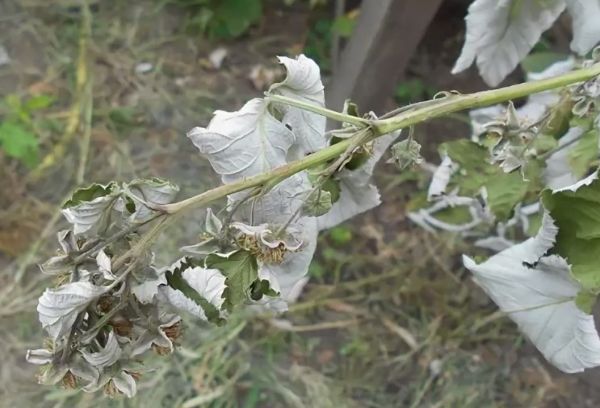
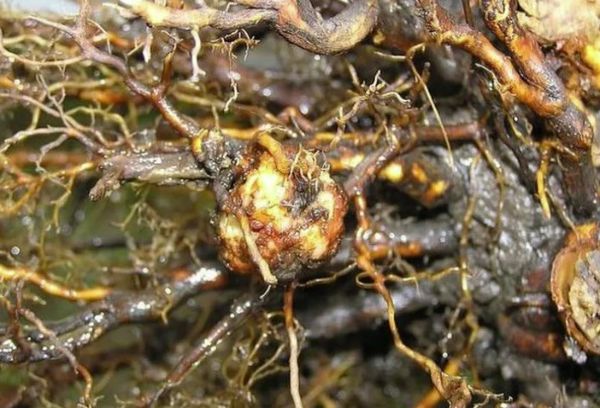
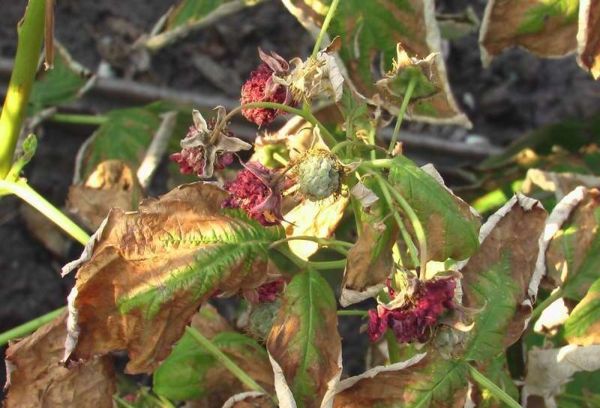
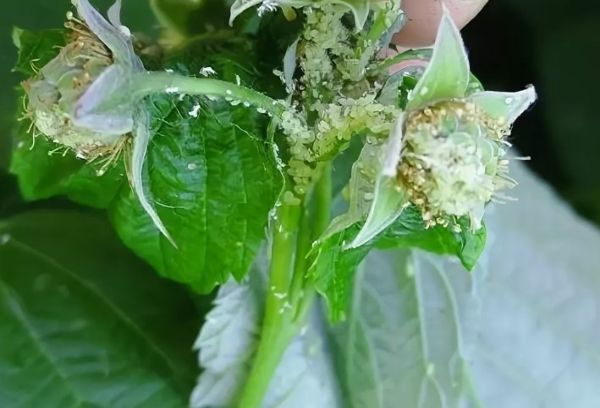
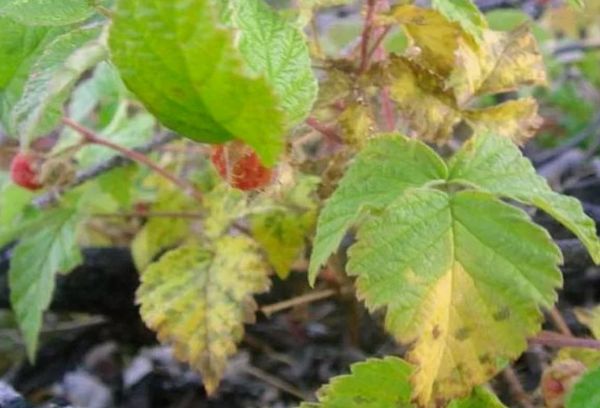
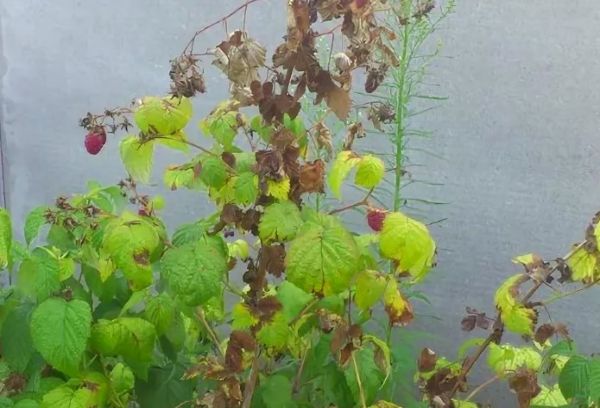
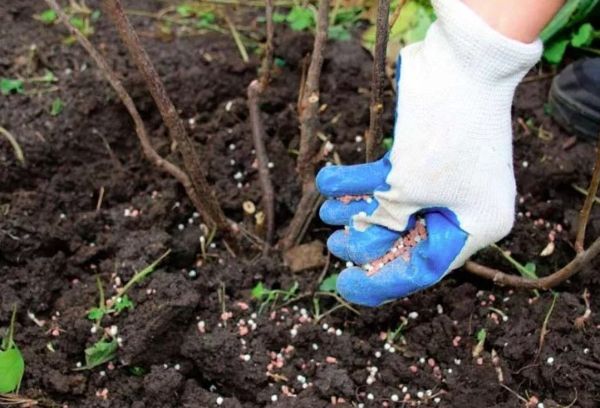
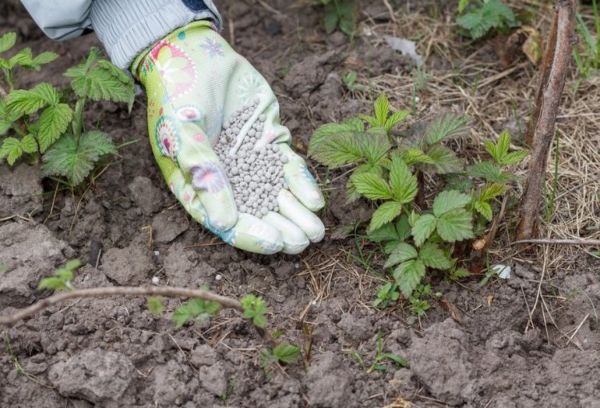

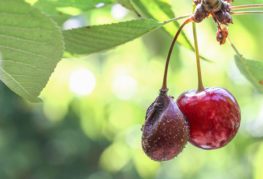
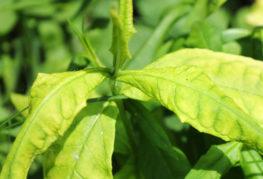
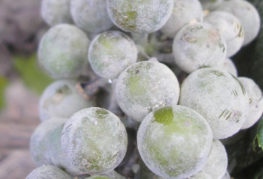
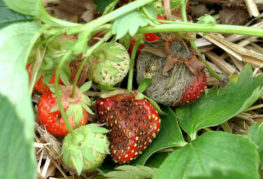
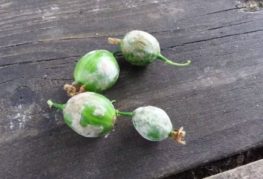
and will be published shortly.